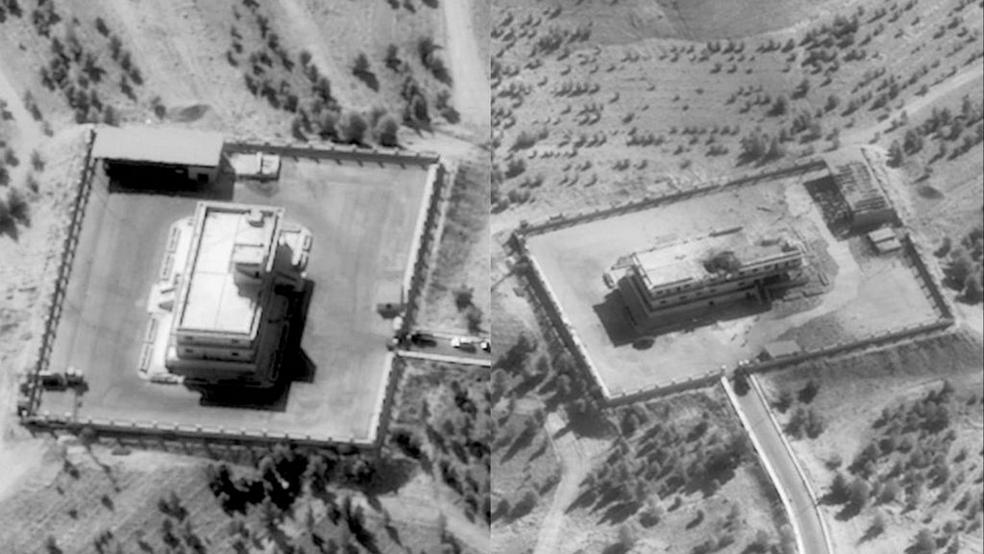The U.S. has spent nearly $5 billion on air strikes in Iraq and Syria since the war against ISIS began 16 months ago. The objective-- to destroy ISIS, which they’ve actually done, if the numbers were static. ISIS started out with about 30,000 fighters, and the U.S. military claims they’ve killed nearly 26,000 of them.
But an analysis by the Council on Foreign Relations published in Defense One earlier this month notes that despite the good targeting, there has been virtually no change in the number of ISIS fighters.
Related: ISIS Is Working on a Surface-to-Air Missile: Report
The U.S. coalition killed 87 percent of ISIS’s army, and yet, like a worm that’s been cut in half, it becomes two worms. That’s what ISIS has been able to do because of its top-notch recruiting campaign.
The Central Intelligence Agency in 2014 put the total number of ISIS adherents between 20,000 and 31,000 fighters, an assertion, the report notes, that was repeated in December by the U.S. military in Iraq.
And why should they? In the last several months, ISIS has claimed responsibility for – or at the very least served as the inspiration for – deadly attacks in the Sinai Peninsula, Paris, San Bernardino, California, and most recently, Jakarta. The high-profile massacres have only added to the group’s notorious image and likely inspire more people to rally to their signature black banners.
Related: Here’s the U.S. Missile That’s Altering the Battlefield in Syria
Adding to the mysterious regeneration of ISIS fighters is another number—this time, a good one. U.S. Central Command, which oversees the military campaign in the Middle East, last week issued a report that claimed anti-ISIS strikes in Iraq and Syria had only killed eight civilians and injured three others in five separate strikes.
That would mean only 15 civilians had died since operations began in 2014, a figure that is hard to swallow given the amount of effort put into destroying the group to date. President Obama and the Defense Department had placed a premium on zeroing out accidental civilian casualties in the anti-ISIS fight, so the Central Command toll might be accurate.
But without a sizeable intelligence footprint on the ground, both tallies – the number of fighter and civilians killed – should be viewed with suspicion.
The real issue now is how much more money, if any, should the U.S. spend to undermine ISIS through a new (better) propaganda strategy? President Obama is clearly concerned about the administration’s failed social media efforts; he has deployed members of his national security team to meet with execs from Apple, Facebook and Twitter to develop a new approach.
Whether any government propaganda can compete with ISIS’s conflated view of Islam, however twisted, manifest destiny, and promises of a better life is a high bar to climb.





